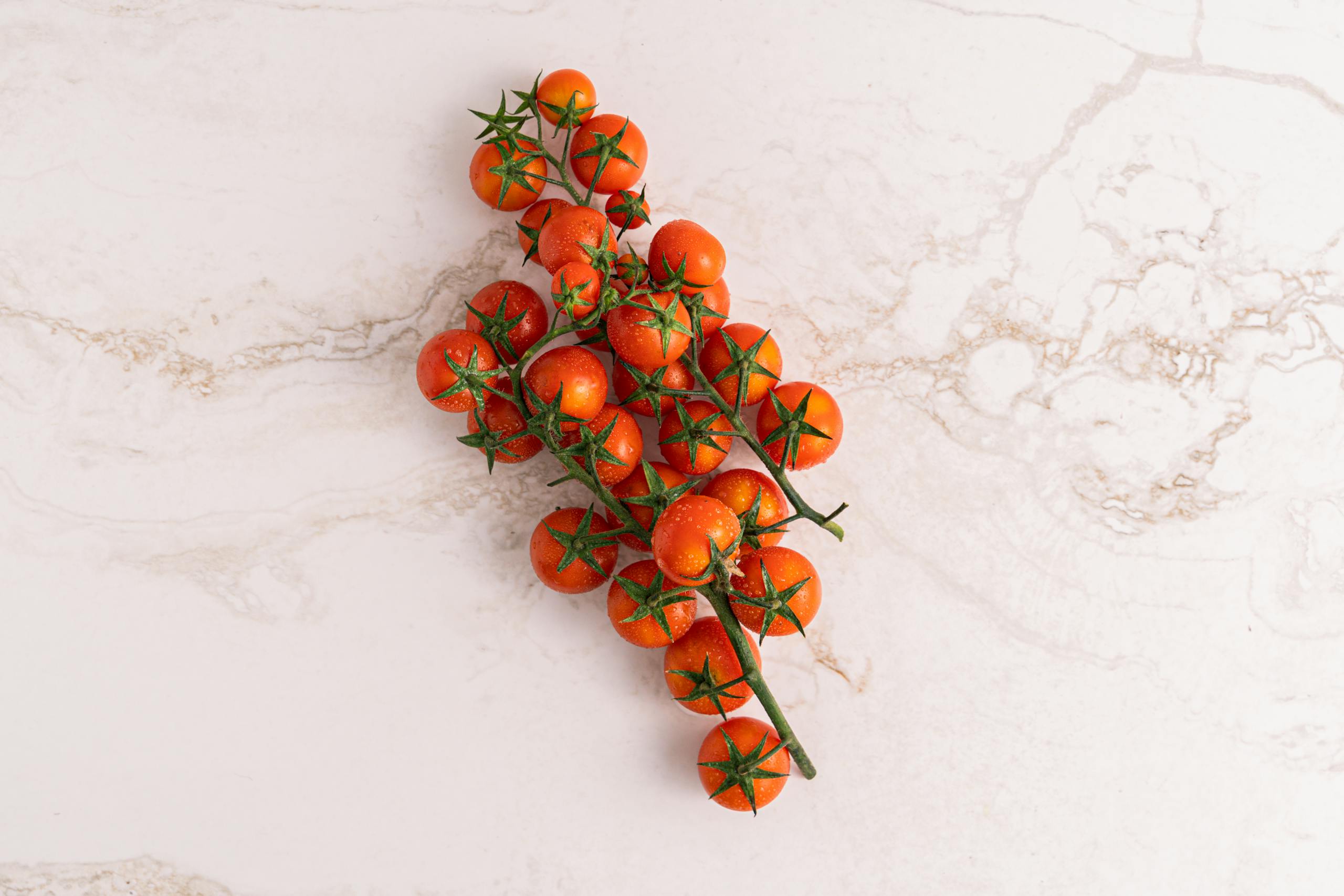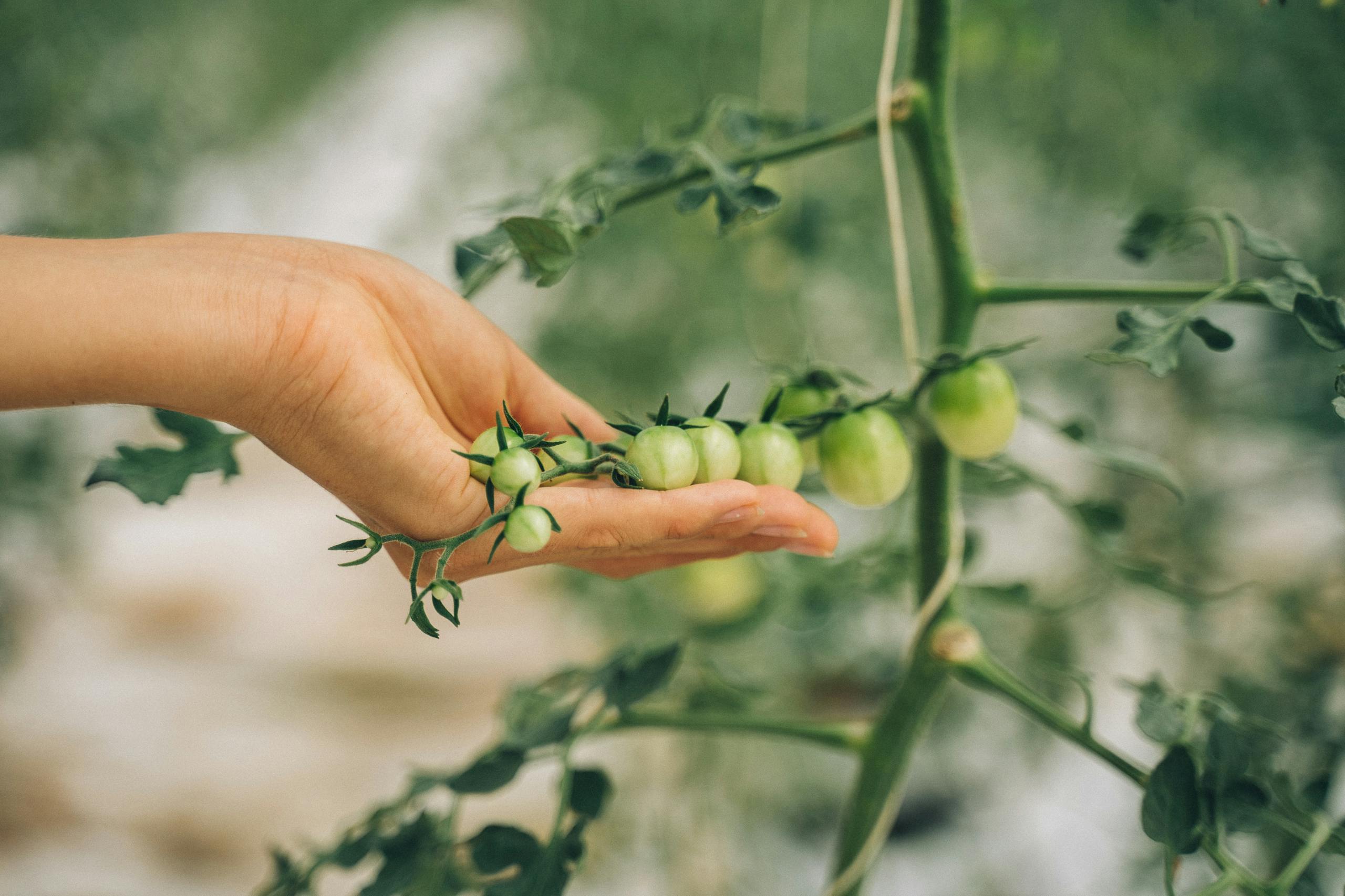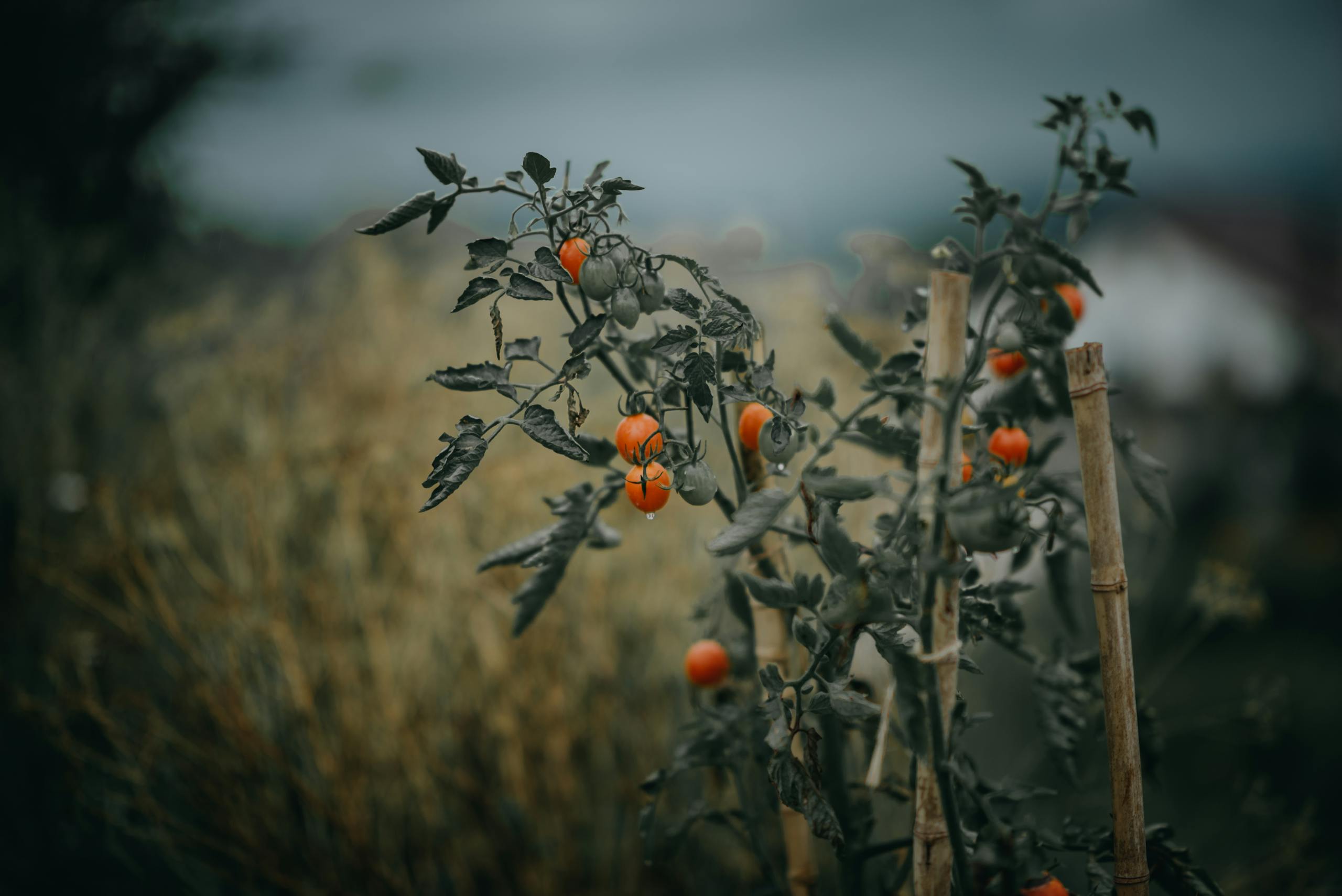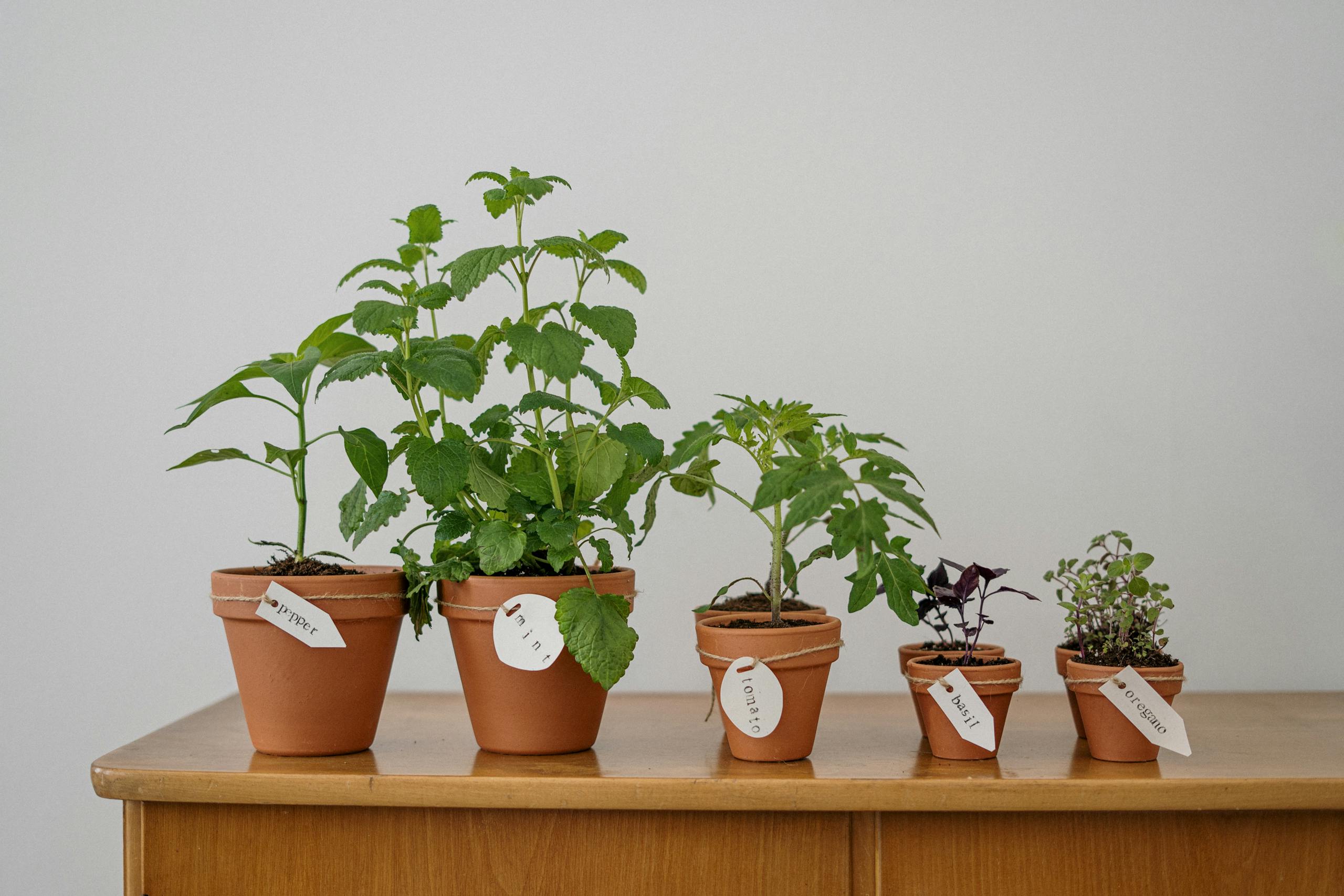Growing tomatoes can be a rewarding experience for any gardener, whether you are a seasoned pro or just starting out. Tomatoes are a versatile fruit that can be used in a variety of dishes, from salads to sauces, making them a popular choice for many home gardeners. If you are looking to grow your own tomatoes, it is essential to choose the right location for your plants to thrive. In this article, we will explore some of the best locations for growing tomatoes to help you achieve a bountiful harvest.
One of the most critical factors to consider when growing tomatoes is sunlight. Tomatoes require at least 6-8 hours of sunlight per day to produce the best fruits. Therefore, it is recommended to choose a location in your garden that receives full sun throughout the day. This can be a spot in your yard that is not shaded by trees or buildings, ensuring that your tomato plants get the light they need to grow and ripen properly.
In addition to sunlight, tomatoes also need well-drained soil to thrive. Tomatoes do not like to have their roots sitting in water, as this can lead to root rot and other issues. To ensure good drainage for your tomato plants, consider planting them in raised beds or containers with plenty of drainage holes. You can also amend your soil with compost or other organic matter to improve drainage and provide essential nutrients for your plants.
Another essential factor to consider when choosing a location for growing tomatoes is air circulation. Tomatoes are susceptible to fungal diseases, such as blight, which can be exacerbated by poor air circulation. To prevent these issues, make sure to space your tomato plants at least 2-3 feet apart to allow for adequate airflow between plants. You can also prune your tomato plants to remove excess foliage and improve air circulation around the plants.
When it comes to choosing the best locations for growing tomatoes, consider the microclimate in your garden. Certain areas of your yard may be warmer or cooler than others, which can impact the growth and development of your tomato plants. To maximize your tomato harvest, choose a location that is sheltered from strong winds and has good air circulation to prevent diseases.
Additionally, consider the proximity of your tomato plants to other garden vegetables. Some plants, such as potatoes and peppers, are not compatible with tomatoes and can attract pests that may damage your tomato plants. To prevent these issues, consider rotating your crops each year and planting tomatoes in a different location to reduce the risk of pests and diseases.
In conclusion, choosing the right location for growing tomatoes is essential to ensure a successful harvest. By considering factors such as sunlight, soil drainage, air circulation, microclimate, and plant compatibility, you can create an optimal environment for your tomato plants to thrive. Whether you are growing tomatoes in raised beds, containers, or in the ground, following these tips will help you grow healthy and productive tomato plants in your garden. Happy gardening!









